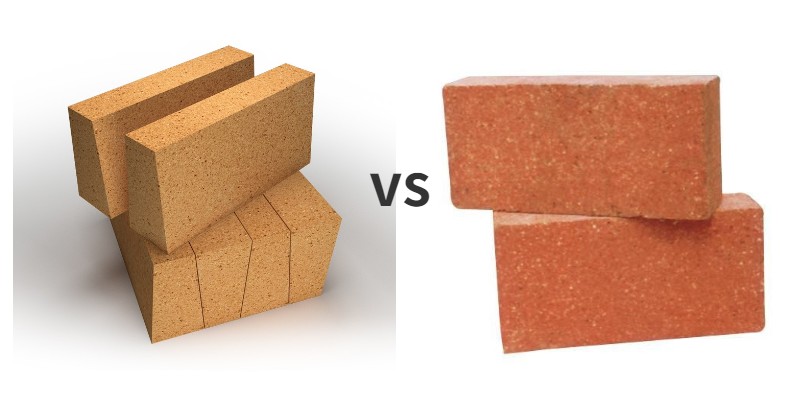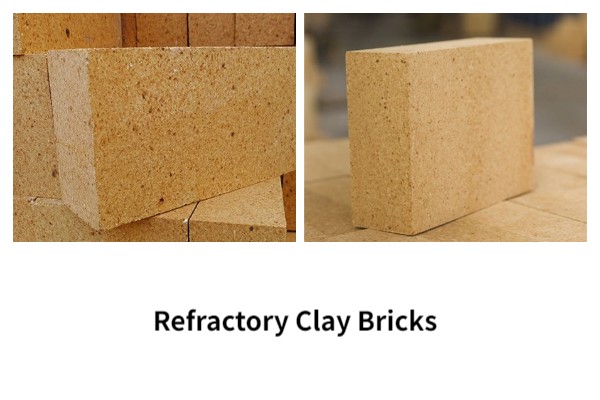耐火粘土れんがと普通れんがの比較
耐火粘土れんがは、耐高温性に優れた特殊なれんがで、高温の産業機器に広く使用されています。. 通常のレンガは建築や室内装飾用の従来の建築材料ですが、. 以下にそれらの違いについて説明します.
耐火粘土レンガと普通の粘土レンガの違い

成分が違います
- 耐火粘土レンガ: 主成分はカオリンとその他の耐火物です。, カオリンの含有量が比較的多い, 通常は以上に達します 50%.
- 普通の粘土レンガ: 主成分は普通の粘土とその他の材料です, 特別な耐火性はありません.
使用範囲が違います
- 耐火粘土レンガ: 高温工業炉などの耐火物建物に最適, 炉, ストーブ, 煙突, 等, 高温および化学腐食環境に耐えることができます。.
- 普通の粘土レンガ: 一般的な建設および装飾プロジェクトに適しています, 家の壁など, 地面舗装, フェンス, 等.
製造工程が違います
- 耐火粘土レンガ: カオリンなどの高品質耐火物を使用, 高温で焼成することで安定した耐火物性能を確保します。.
- 普通の粘土レンガ: 作り方は比較的簡単です, 普通の粘土やその他の副資材を使用, 通常はより低い温度で焼成されます.
普通粘土レンガと耐火粘土レンガのメリット・デメリット
耐火粘土れんがの特徴

利点: 非常に高い耐火性を持っています, 高温環境でも長時間使用可能, 強い耐薬品性を持っています.
短所: 高コスト, 複雑な製造工程, 限られた適用範囲, 室温では使用できません.
普通の粘土レンガ
利点: 製造工程はシンプルです, コストが比較的低い, 応用範囲が広い, 室温で使用できます.
短所: 耐火性がない, 高温および耐火環境では使用できません, 高温で変形または破損しやすい
耐火レンガメーカー
Rongsheng is a refractory manufacturer in Zhengzhou. We can provide different types of refractory materials. If you need, please leave your contact information.
 栄勝耐火物工場
栄勝耐火物工場
微信
wechatでQRコードをスキャンしてください